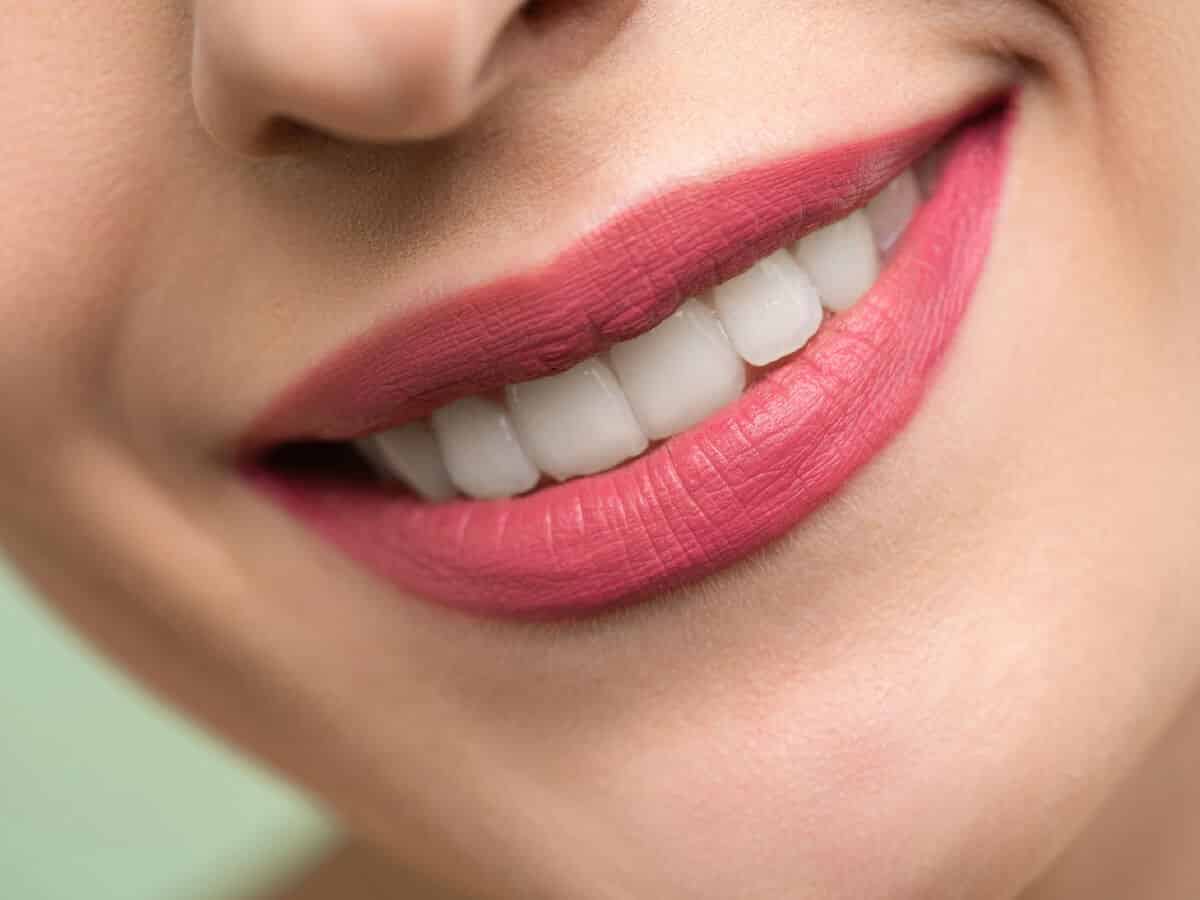
A lot of people are in agreement with you – millions of people have used them with great results. If you are going this route, you need to use a licensed dentist. While the “Do-It-Yourself” mail in offers sound tempting due to their lower price, it can get more expensive if something goes wrong.
Here’s what the process looks like. It’s pretty straightforward and can be quite simple when guided by an experienced person.
Starting Off
Your dentist will determine your eligibility. If you’re a teen with all your adult teeth, then you’re good to go. Kids who still have their baby teeth are not eligible – the teeth have had to fall out and be replaced. The adult teeth have to be fully formed and set.
Once that requirement has been satisfied, the next step involves having photos and X-rays of your mouth, taken, and an impression that shows the current setting of your teeth. The dentist will send all of that to Invisalign and they will study it and use it to make a 3-D model of your mouth.
The dentist will be communicating with Invisalign throughout this part, since their input about how they want certain teeth shifting or dropping is needed. They examine this model and tell the technicians what they want. This is why it’s better to do it this way instead of the mail-order one.
Getting the Invisalign
Before Invisalign can go ahead and send the aligners or as they may be called, mouthguards or trays, your dentist will possibly have to take a few more steps to prepare you for getting them.
There may have to be some adjustments made to your mouth beforehand – nothing drastic but necessary. They may decide to have the aligner push back some back teeth to make more room for a crowded front. Those front teeth may need to be pushed forward. A tooth may be too thick so the dentist may sand it down, though there will be no damage to the enamel.
You may have known people who had braces. Sometimes they needed to have rubber bands attached to help facilitate the movement. The same may be needed for helping a certain tooth rotate properly.
This part also depends on the size and shape of your teeth – your dentist may have to put tooth-colored attachments to help the aligner properly snap in and stay during the course of the day.This doesn’t happen to every Invisalign wearer.
People with braces are familiar with having to have rubber bands on the braces. The same can occur with the Invisalign if a tooth is not rotating properly.
Once all this has been determined, Invisalign will send the trays over and you can get started on your journey to straight teeth.
Wearing the Invisalign Trays
One thing that people love about the trays is that they can take them out for eating and drinking – which also means no limitations on what they can eat – unlike braces. The only thing you have to do is be gentle when taking the tray out and not leave it somewhere – like on a cafeteria tray where it can be easily forgotten and then discarded.
Make no mistake though – you are making a serious time investment – the aligners need to be in your mouth at least 20 hours a day. Any less and your run the risk of subsequent aligners in the series not being able to fit – which can be a significant setback in terms of both time and money.
You also have to incorporate the Invisalign with your regular oral hygiene habits. That means brushing it when you brush your teeth. This helps get rid of any food particles and bacteria that might attack the enamel and cause tooth decay.
The procedure is that you usually change the tray every two weeks. There may be some initial pressure as your mouth adjusts to the new pressure but if anything lingers, see your dentist to make sure that everything is still on track. Otherwise, you could lose time and money..
Afterwards
You will have these trays for about a year. Although the technology improves every year, there may still be a bit of work needed, so a few more trays may be made, usually at no cost, but that should be discussed beforehand.
Once you’re really finished, your dentist will make you a retainer. You’ll have to wear that full time for a while and then gradually move to just while you sleep and then possibly twice a week just to keep everything in place.
Wearing an Invisalign takes some commitment, but the benefits far outweigh any cons. There are fewer dental visits and no need to have anything tightened.
When it comes to Invisalign, the staff at Esthetix Dental Spa are old pros at it. They will gladly answer any questions at a consultation. Give them a call at 212-795-9675.
Published By:
Esthetix Dental Spa
285 Fort Washington Ave,
New York, NY 10032
Phone: (212) 795-9675
Website: http://washingtonheightsdentists.com/




